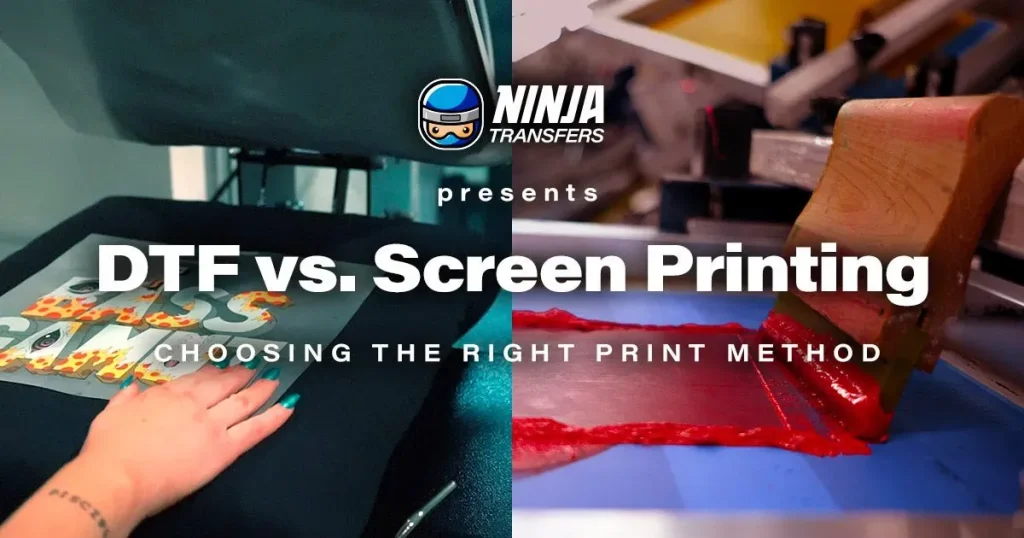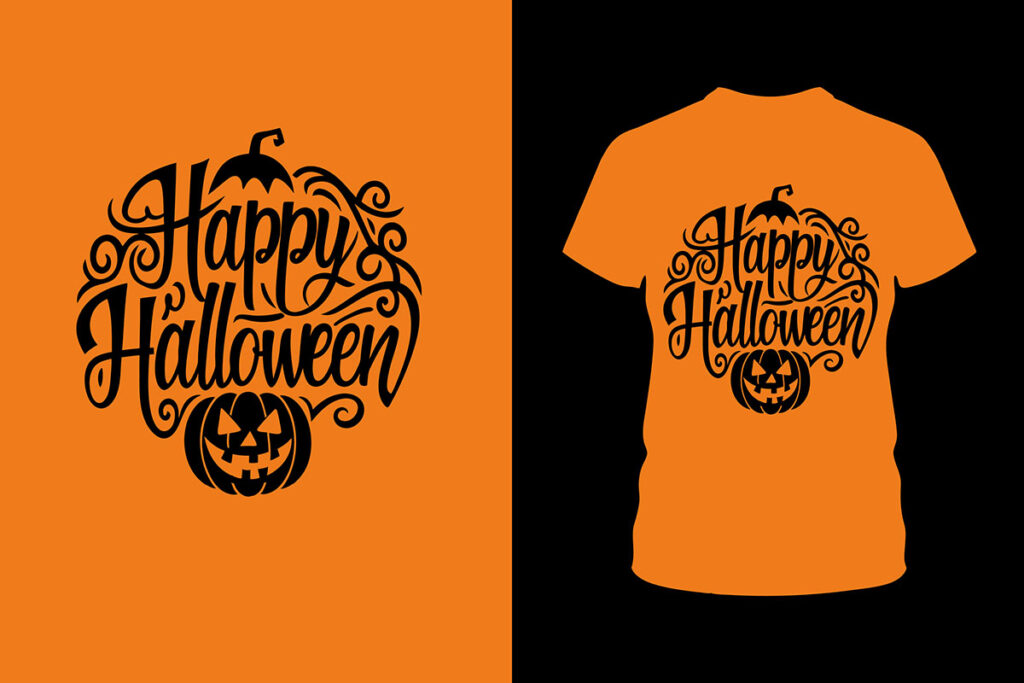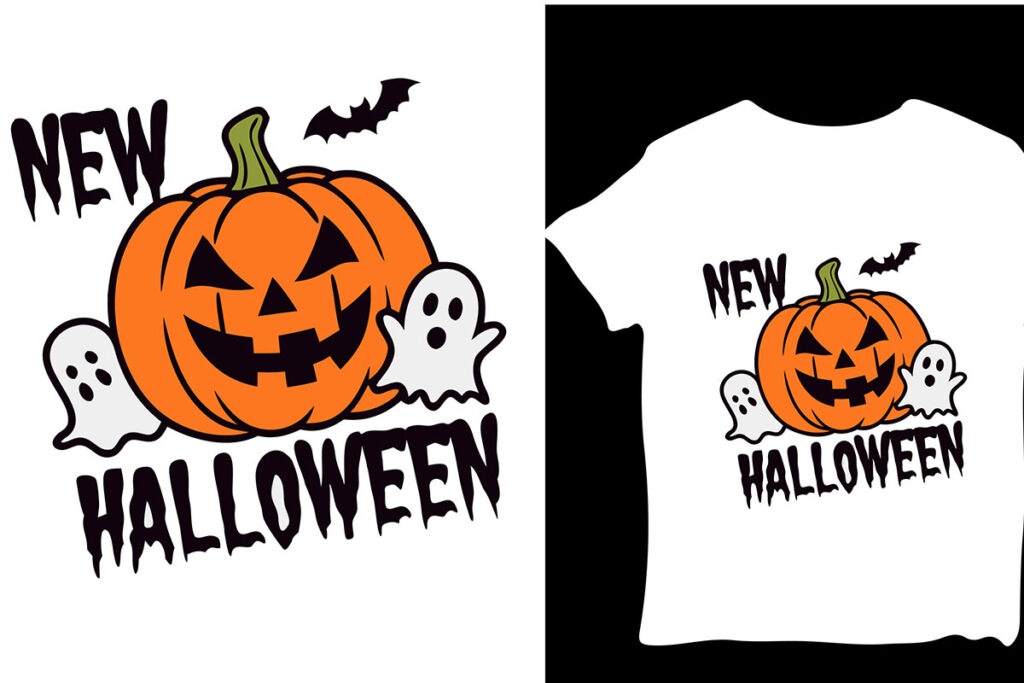In the realm of custom apparel printing, the debate between DTF Transfers vs. Screen Printing is a common topic of discussion among designers and businesses alike. Both methods offer distinct advantages, but understanding their unique attributes is essential for making an informed choice. DTF printing advantages include the ability to handle intricate designs with a vibrant color spectrum, making it particularly appealing for smaller batches and custom orders. Conversely, screen printing benefits from its established reputation for durability and cost-effectiveness for large quantities, making it a favorite for bulk production. In this article, we will dissect the differences and explore which technique may best suit your specific printing needs.
When comparing Direct to Film transfers and traditional silk screening, it is important to grasp the nuances that set these printing methods apart. DTF, or heat transfer printing, allows for detailed and colorful artwork application, making it ideal for personalized designs or unique graphics. On the other hand, conventional screen printing excels in producing durable prints, especially for substantial production runs, which provides businesses with a reliable and cost-efficient option. As we dive deeper into this analysis of printing techniques, we will evaluate each method’s design flexibility, production speed, and sustainability, guiding you towards the most effective solution for your custom printing projects.
Understanding DTF Transfers and Their Benefits
Direct to Film (DTF) printing has revolutionized the custom apparel market by offering a unique blend of versatility and high-quality output. Unlike traditional methods, DTF transfers involve printing a design onto a specialized film, which is then adhered to fabric using a heat press. This approach allows for an extensive range of colors and intricate details, catering perfectly to the demand for custom prints. One of the most significant advantages of DTF transfers is their ability to handle complex designs, thereby enabling creatives to maintain the integrity of their artistic vision while ensuring the final product matches their expectations.
Moreover, DTF printing is particularly beneficial for small orders, as it supports low minimum quantities without compromising on quality. This makes it an attractive option for startups or businesses that cater to niche markets. Additionally, the water-based inks used in DTF transfers are often less harmful to the environment compared to the plastisol inks traditionally used in screen printing, making this technique more appealing to eco-conscious consumers.
Frequently Asked Questions
What are the key differences between DTF transfers and screen printing?
DTF transfers and screen printing differ primarily in their application methods and ideal use cases. DTF transfers use a heat press to apply printed designs on film to fabric, allowing for intricate designs and vibrant colors, making them suitable for small custom orders. In contrast, screen printing involves pushing ink through a stencil, producing durable, bold colors that work best for larger runs. Thus, the choice between screen printing vs. DTF often depends on order size and design complexity.
What are the advantages of DTF printing over screen printing?
DTF printing advantages include versatility in design, allowing for complex graphics and a broader color palette without the limitations of traditional stencils used in screen printing. Additionally, DTF is more cost-effective for small batches, providing fast production with minimal setup time, making it ideal for custom apparel printing involving intricate designs.
What benefits does screen printing offer compared to DTF transfers?
Screen printing benefits include greater durability and color vibrancy, especially on darker fabrics, making it a preferred choice for larger production runs. It provides high-quality prints that resist fading and maintain integrity after numerous washes. For projects focusing on bulk printing where cost efficiency is crucial, screen printing is often the better option.
Is DTF printing environmentally friendly compared to screen printing?
DTF printing often utilizes water-based inks, which are typically more environmentally friendly than the plastisol inks common in traditional screen printing. While both methods have environmental impacts, DTF offers a lower ecological footprint, making it a more sustainable choice for eco-conscious brands needing custom apparel printing.
How do production speeds compare between DTF printing and screen printing?
In terms of production speed, DTF printing outpaces screen printing for smaller orders due to its quick setup and application process. While screen printing can be efficient for large batches once set up, the detailed and time-consuming preparation for smaller runs can result in slower turnaround times as compared to DTF transfers.
What are the ideal use cases for DTF transfers versus screen printing?
DTF transfers are ideal for small, custom orders with intricate designs, such as photographic prints or colorful gradients, due to their design flexibility. In contrast, screen printing is best suited for larger orders where durability and cost-effectiveness are priorities, especially when producing items with bold colors on various fabric types.
| Key Aspect | DTF Transfers | Screen Printing |
|---|---|---|
| Overview | Uses a special film for designs, ideal for intricate and colorful prints. | Traditional method pushing ink through stencils, known for vibrant colors and durability. |
| Cost Considerations | Higher initial costs per design, beneficial for small custom orders. | Higher setup costs, but more economical for larger orders. |
| Quality and Durability | Durable with impressive color vibrancy, but less wash-resistant than screen printing. | Excels in color depth and longevity, ideal for high visibility and multiple washes. |
| Production Speed | Faster turnaround time, less setup time for batch jobs. | Slower for small runs due to elaborate setup but efficient for large production runs. |
| Design Flexibility | Allows intricate designs, photographic quality prints, and detailed gradients. | Limited by color number without adding complexity and cost. |
| Environmental Impact | Often uses water-based inks, perceived as lower environmental impact. | Uses plastisol inks, potential environmental impact unless eco-friendly options are used. |
Summary
DTF Transfers vs. Screen Printing can be a critical choice for your custom apparel printing needs. Understanding the differences between DTF transfers and screen printing is essential as it impacts cost, quality, flexibility, and environmental considerations. DTF transfers excel in design flexibility and are suitable for small orders, while screen printing is preferred for larger runs due to its durability and cost efficiency. Ultimately, your decision should align with your project requirements, such as the complexity of design, budget, and volume of items, ensuring you choose the best method for your custom printing needs.



